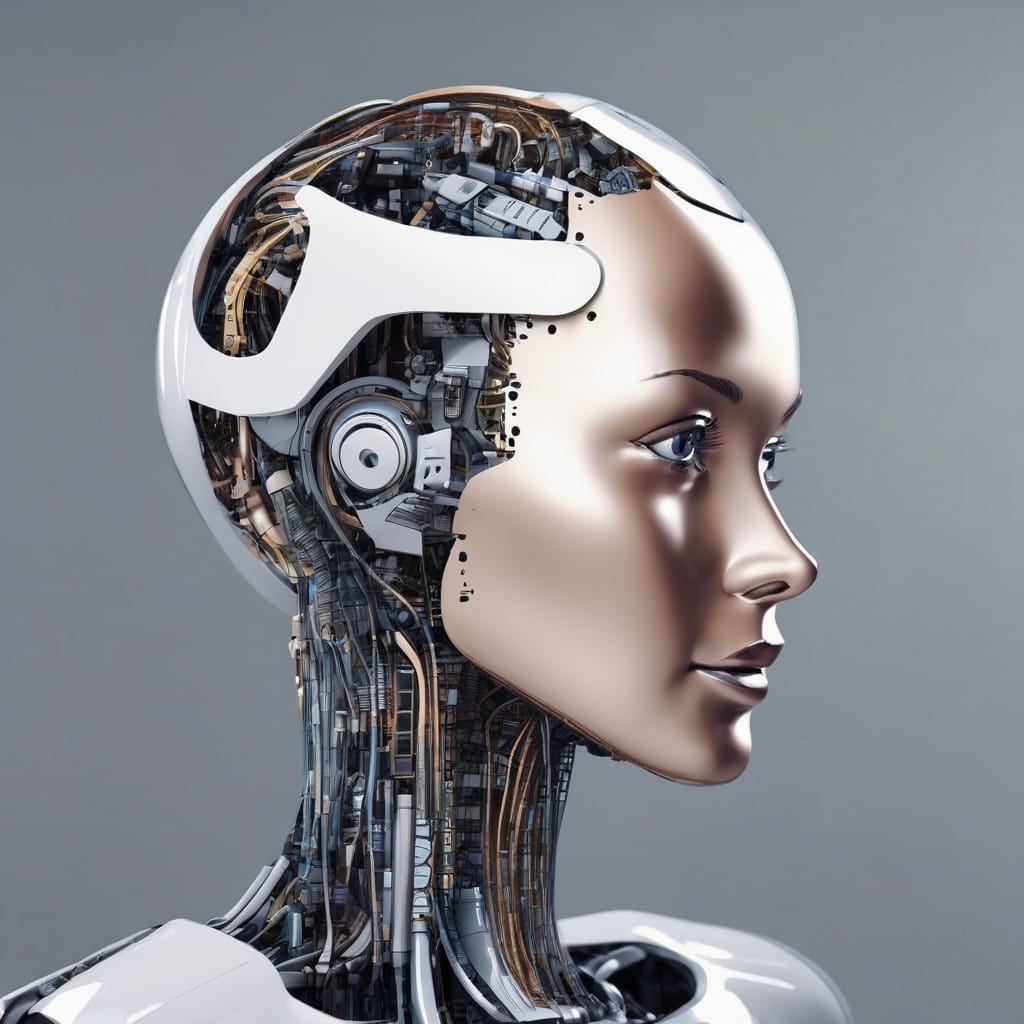Artificial Intelligence (AI)

Artificial Intelligence (AI) is a field of research and development that focuses on creating intelligent machines that can perform tasks that typically require human intelligence. AI is a broad field that encompasses a wide range of techniques and approaches, from machine learning and deep learning to natural language processing and computer vision.
What is Artificial Intelligence?
Artificial Intelligence is a field of research and development that focuses on creating intelligent machines that can perform tasks that typically require human intelligence. AI is a broad field that encompasses a wide range of techniques and approaches, from machine learning and deep learning to natural language processing and computer vision.
Key Components of Artificial Intelligence
- Machine Learning: Machine learning is a key component of AI that enables machines to learn from data without being explicitly programmed.
- Deep Learning: Deep learning is a key component of AI that enables machines to learn complex patterns and relationships in data.
- Natural Language Processing: Natural language processing is a key component of AI that enables machines to understand and generate human language.
- Computer Vision: Computer vision is a key component of AI that enables machines to understand and interpret visual data.
Language Learning Models (LLMs)
Language Learning Models (LLMs) are a type of AI that enables machines to learn and generate human language. LLMs are trained on large datasets of text and can be used for a variety of tasks, including:
- Text Classification: LLMs can be used to classify text into different categories, such as spam vs. non-spam emails.
- Language Translation: LLMs can be used to translate text from one language to another.
- Text Generation: LLMs can be used to generate text, such as chatbot responses or article summaries.
Types of LLMs
- Recurrent Neural Networks (RNNs): RNNs are a type of LLM that use a feedback loop to process sequences of text.
- Long Short-Term Memory (LSTM) Networks: LSTMs are a type of RNN that use memory cells to learn long-term dependencies in text.
- Transformers: Transformers are a type of LLM that use self-attention to process text in parallel.
Applications of LLMs
- Chatbots: LLMs are used to power chatbots that can understand and respond to user input.
- Language Translation: LLMs are used to translate text from one language to another.
- Text Summarization: LLMs are used to summarize long pieces of text into shorter summaries.
Advantages of LLMs
- Improved Accuracy: LLMs can improve the accuracy of language-based tasks, such as text classification and language translation.
- Increased Efficiency: LLMs can automate tasks that are time-consuming and labor-intensive, such as text summarization and chatbot responses.
- Enhanced Customer Experience: LLMs can enhance the customer experience by providing accurate and personalized responses to user input.
Challenges of LLMs
- Data Quality: LLMs require high-quality data to learn and generate accurate language.
- Bias: LLMs can be biased towards certain languages or dialects, which can lead to inaccurate results.
- Explainability: LLMs can be difficult to interpret and explain, which can make it challenging to understand and trust the results.
Future of LLMs
- Increased Adoption: LLMs will become increasingly prevalent in all industries and applications, transforming the way we interact with machines.
- Improved Explainability: LLMs will become more explainable and interpretable, enabling humans to understand and trust the results.
- Increased Human-LLM Collaboration: LLMs will enable humans to collaborate with machines to achieve common goals and improve productivity.


